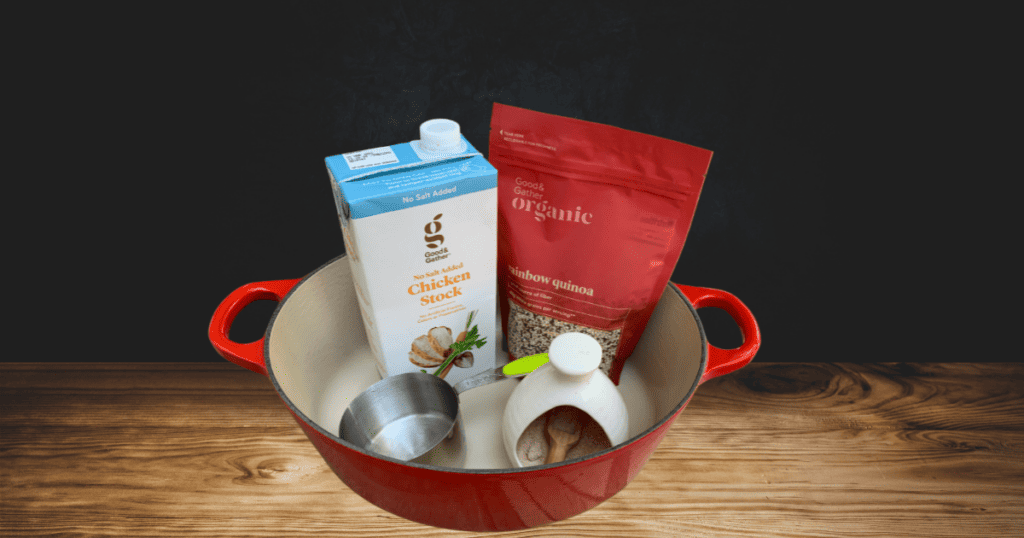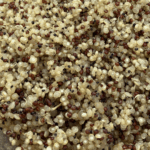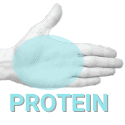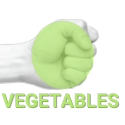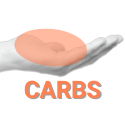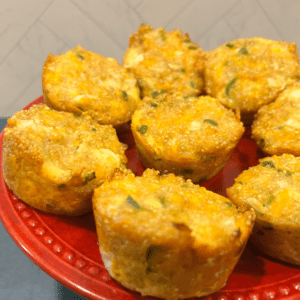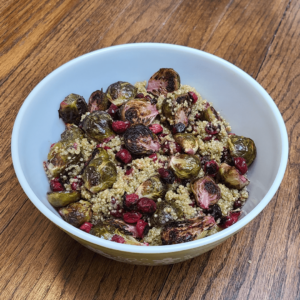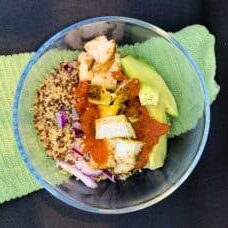How To Make Tasty Quinoa
Quinoa is used a lot in healthy recipes. When something healthy tastes good, it is easy to incorporate into your healthstyle. (Healthstyle is defined as the way you choose to take healthy action in your life. It is unique to you and is easily doable within the context of your daily lifestyle.) I always felt like quinoa was bland, but I learned how to make tasty quinoa that my whole family would love.
Adding broth when cooking your quinoa adds just the right flavor. Quinoa can be a good substitute for rice. Your taste buds will like the addition the broth brings to quinoa.
How is quinoa pronounced?
Have you seen the Quinoa progressive commercial where Dr. Rick’s (the life coach who helps individuals not become their parents) students struggle with pronouncing Quinoa? They try:
“Key - on - na”
“Cole- lee - no”
“Wah - keen”
It’s a frustrating word; many people struggle to pronounce it.
Want in on a secret?
Many nutrition and fitness coaches struggle saying it too.
We often have to pause and think about how to pronounce it before talking to people about it. It is not an easy word to roll off your tongue.
The correct pronunciation is “KEEN - wah.”
If you know a great way to help remind us how to say quinoa, SHARE - PLEASE, it may just be the lesson we all need to help us feel more confident saying quinoa out loud.
Why quinoa is good for you
What makes cooking with quinoa a healthy choice?
Quinoa is a great source of protein.
1 uncooked cup = 24 grams of protein
1 cup cooked = 8 grams of protein
In addition, quinoa is a rich source of B vitamins and essential minerals, including:
- magnesium - vital for heart health and can improve sleep quality
- manganese - important for bone health and a well functioning nervous system
Fiber in quinoa?
Yes, because quinoa is a whole grain, in 1 cup cooked, there are 5 grams of fiber. Adequate dietary fiber helps to control cholesterol and blood sugar levels.
In addition to the upgraded nutrition profile, quinoa is an excellent culinary substitute for rice in most recipes.
On its own quinoa has a mild nutty flavor, yet can be a bit bland. My favorite way to add flavor when cooking quinoa is to replace the water with broth. It makes quinoa go from ok in flavor to very, very tasty. Check out the recipe below. It is so simple and may make you a quinoa fan.
Mealtime conversation starters

Food is an experience. It is more than the food made. Meals bring people together. As you sit down to enjoy your quinoa, bring this question to the table:
“What is the weirdest thing you have done as a guest in someone else’s home?”
You never know what you may learn. So smile and enjoy the conversation.
How to Make Tasty Quinoa
In case there's a piece of equipment or ingredient that you don't have, you can conveniently order it by clicking on the item. Balanced Healthstyles may earn on qualified purchases, which help maintain the free resources on this site -- Thanks for your support!
Ingredients
- 1 cup quinoa
- 2 cups broth (any flavor)
- ¼ tsp salt
Instructions
- Start by rinsing the quinoa. Pour the quinoa into a fine-meshed colander in your sink. Run cold water over the quinoa for 60 seconds. Drain well. (This removes any bitterness.)
- Combine the rinsed quinoa and broth in a saucepan. Bring the mixture to a boil over medium-high heat, then decrease the heat to maintain a gentle simmer.
- Cook until the quinoa has absorbed all of the water, about 10 to 20 minutes.
- Remove from heat, cover, and let the quinoa sit for 5 minutes. This will help the quinoa become fluffy. Remove the lid and stir with a fork.
- Season with salt, to taste.
Video
Notes
- The basic formula is 1 part uncooked quinoa to 2 parts broth (any kind). Add salt to taste after cooking when you use broth, to avoid over-seasoning
- Smaller batches (1-2 cups of uncooked quinoa) will be ready faster than larger.
- Adding garlic to warm quinoa is fantastic.
- Adding chopped fresh cilantro is a win every time.
Hand Size Portions
Hand Portions
Some handy advice: You can use your hands to practice calorie control without weighing and measuring.
Using hand position size is an alternative way to decide how much to eat visually. It gives you a way to quickly estimate what's on your plate, using protein, vegetables, carbohydrates, and fat. It's an alternative to counting macros which generally has you weighing and reading nutrition labels to count protein, carbohydrates, and fat.
To learn more, read How to Get Started with Hand Portion Sizes.
Michelle Johnson Jerome is an expert on busting through perfectionism. She is passionate about helping others live life with purpose and joy. By drawing on her extensive experience as a nutrition coach, personal trainer, and yoga instructor she helps develop a realistic approach to goal setting that allows you to make progress and stop obsessing over mistakes.
Find other articles written by Michelle on her coach profile. Discover your "easy button": learn how to manage life's unpleasant parts so you can move forward, reach your goals, and live your best life.


